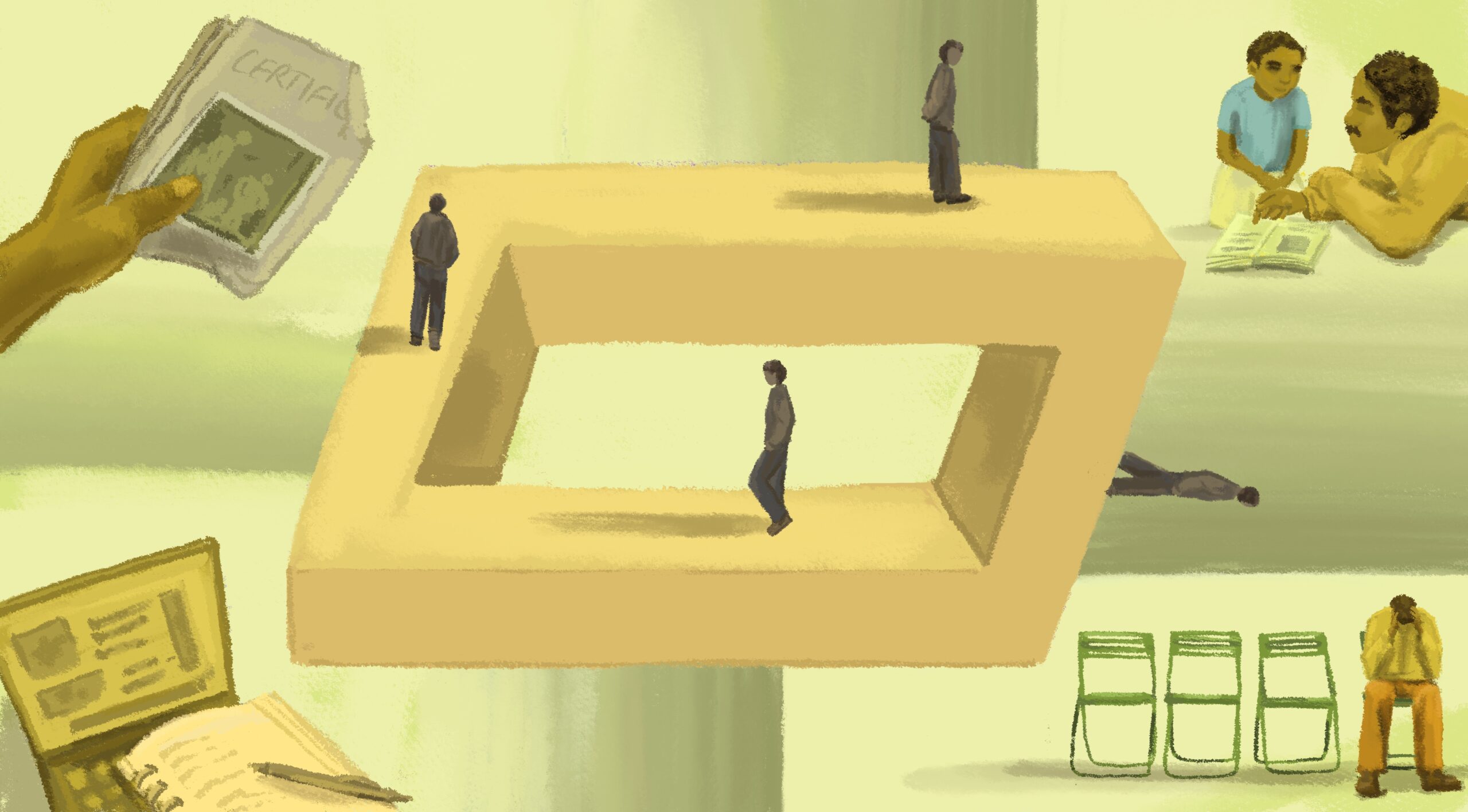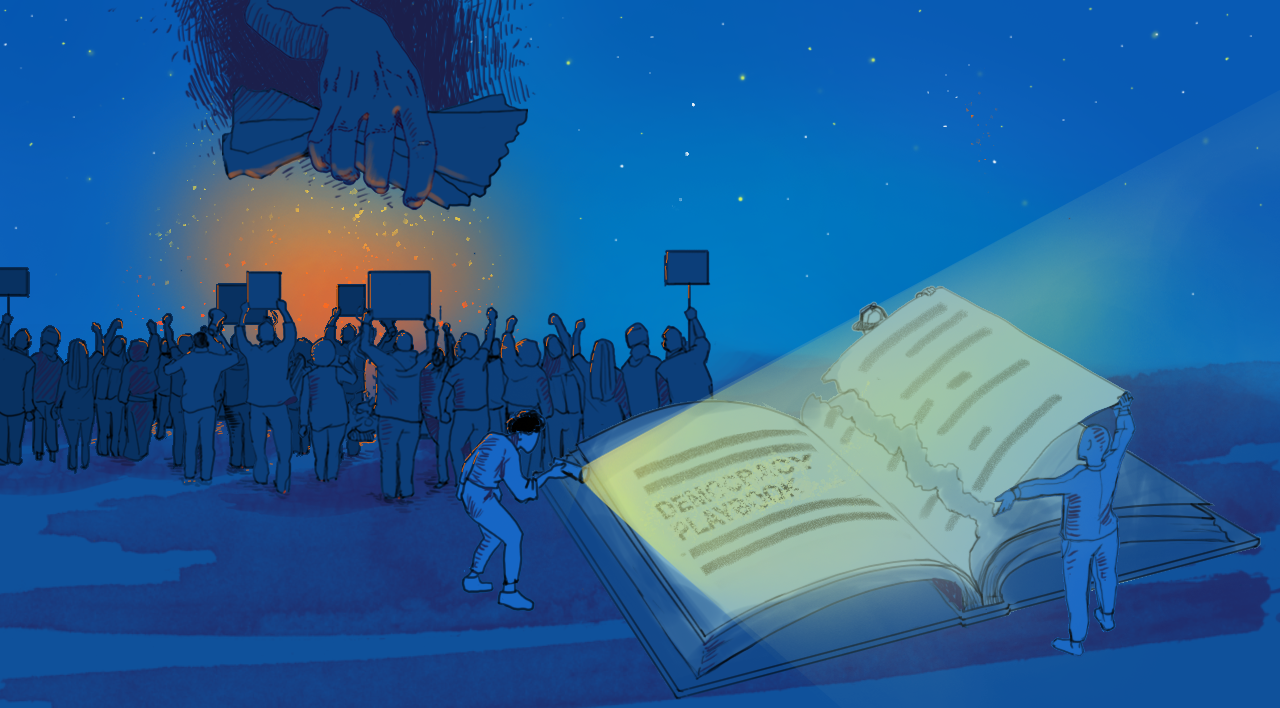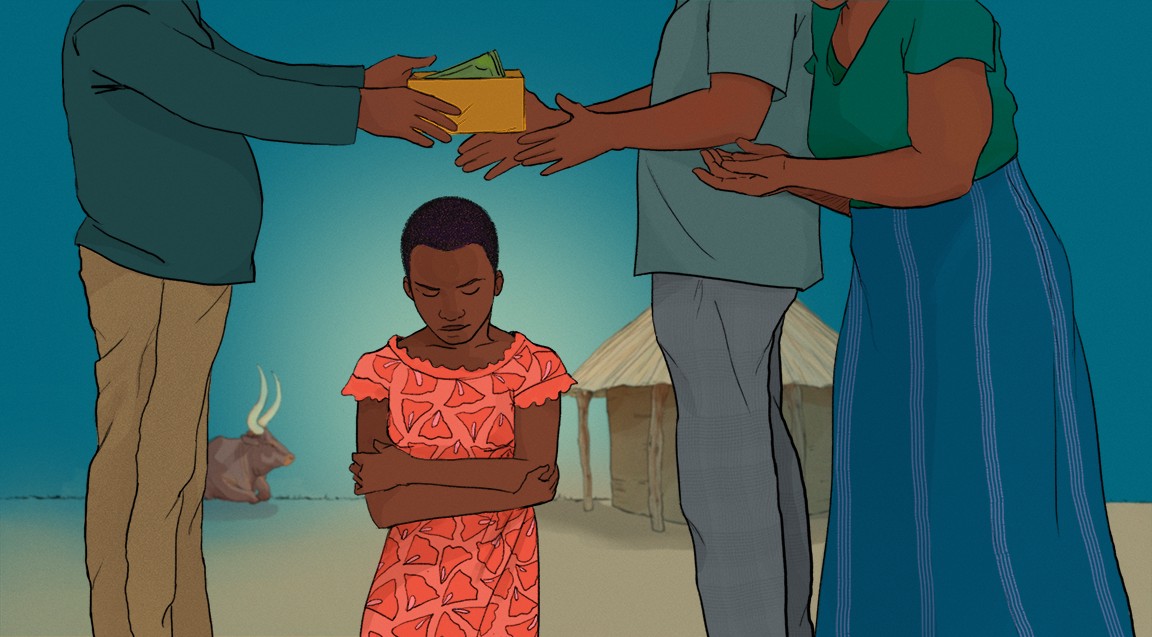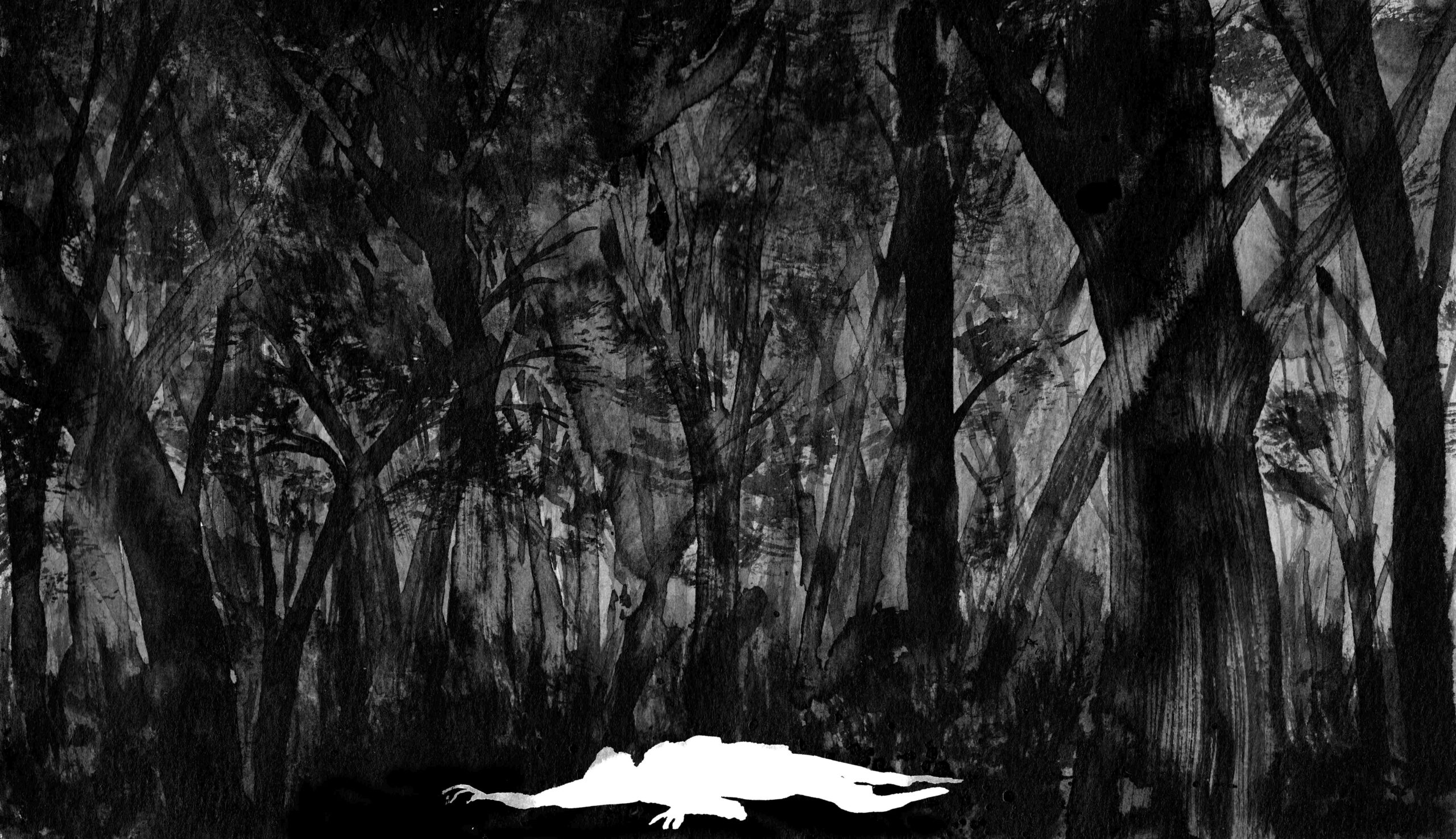
Sweden’s brain waste problem: how the social welfare state locks migrant professionals out of the workforce
High language requirements, a one-size integration policy, and discrimination. Despite the need for labour, landing a job in Sweden has become a hurdle race for college-educated migrants, a new joint investigation with Lighthouse Reports shows.





